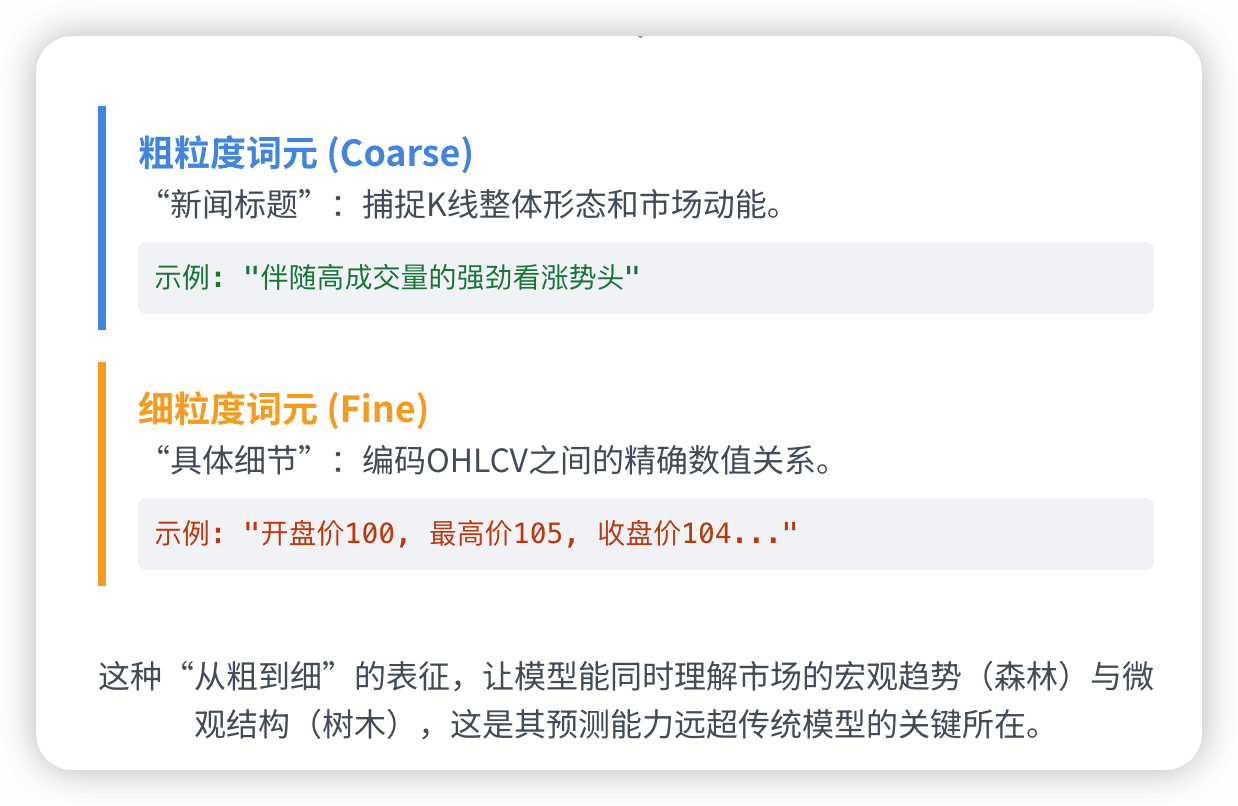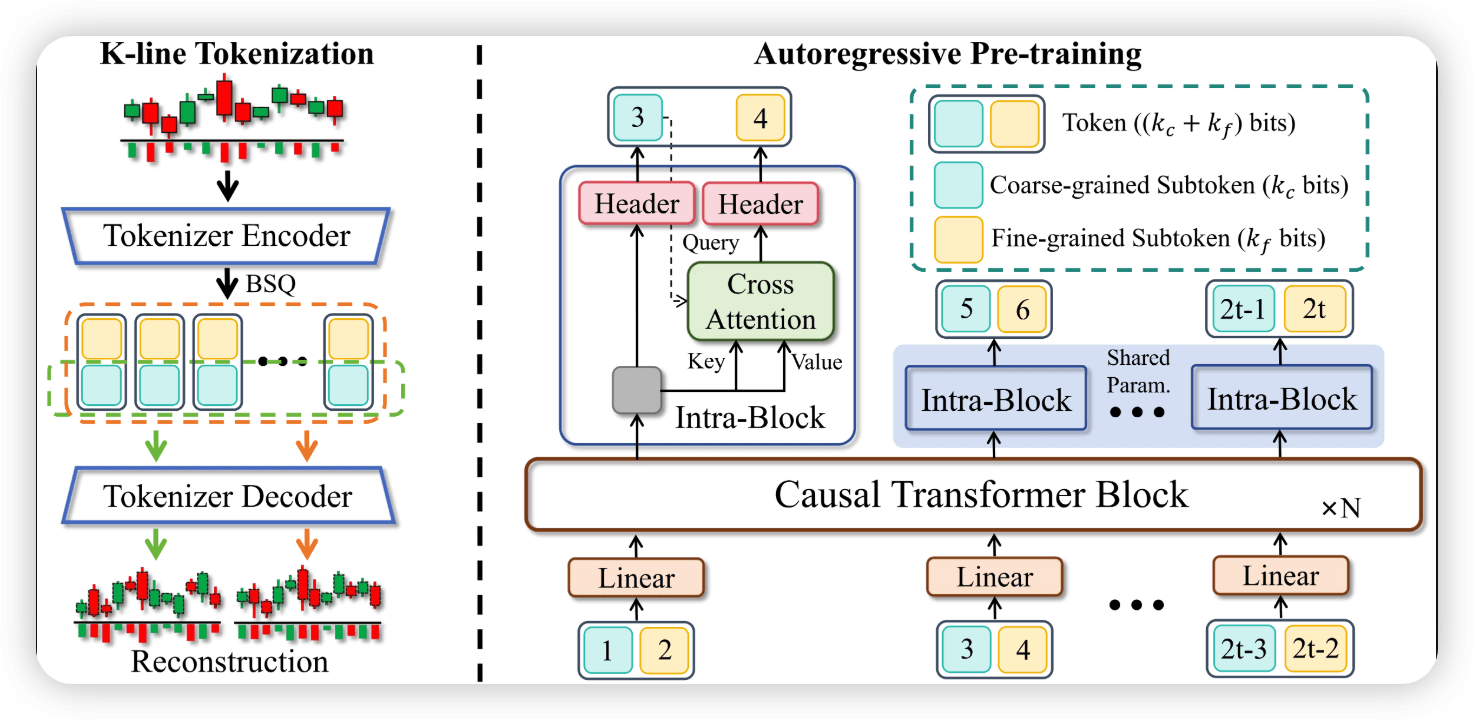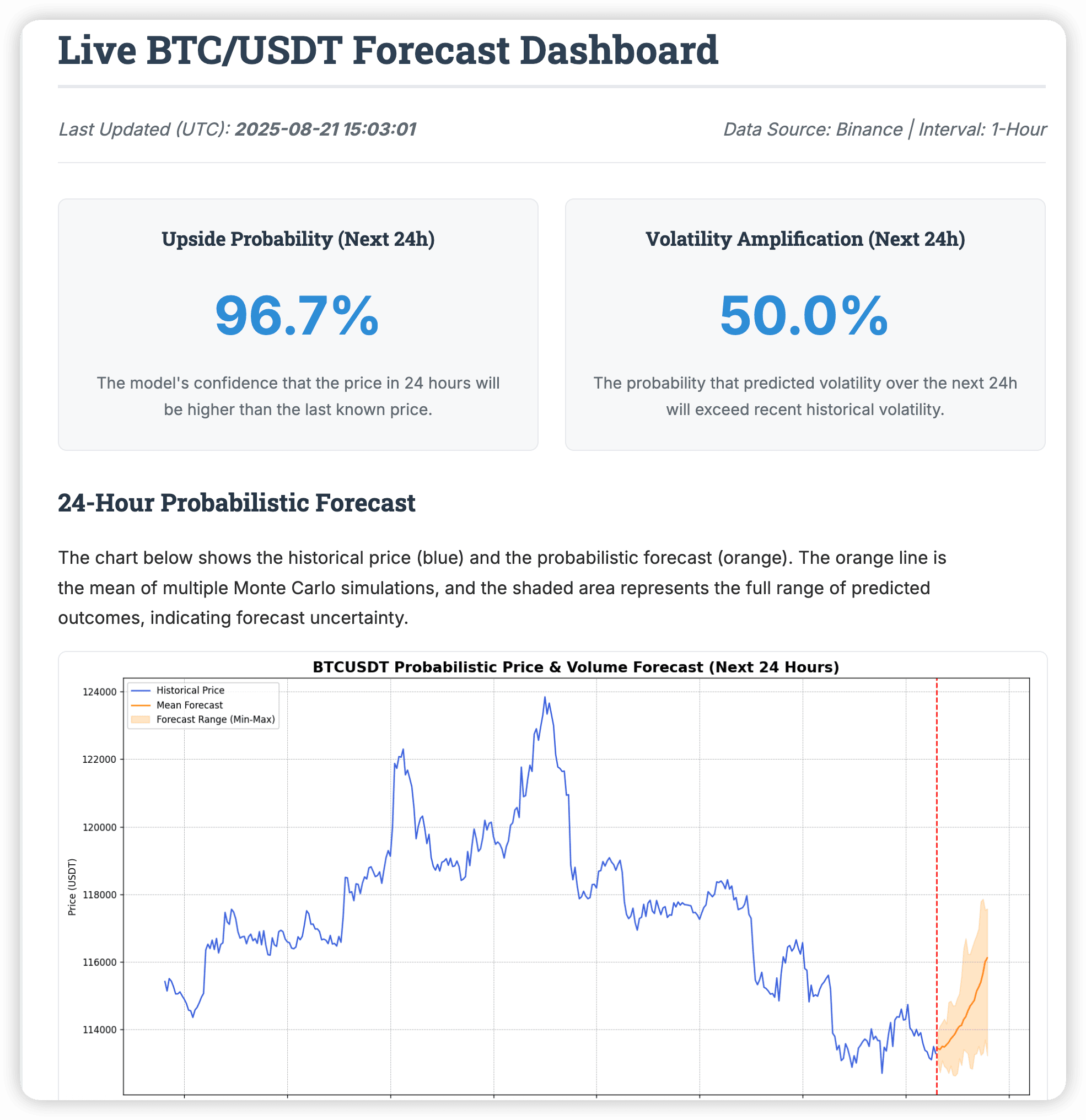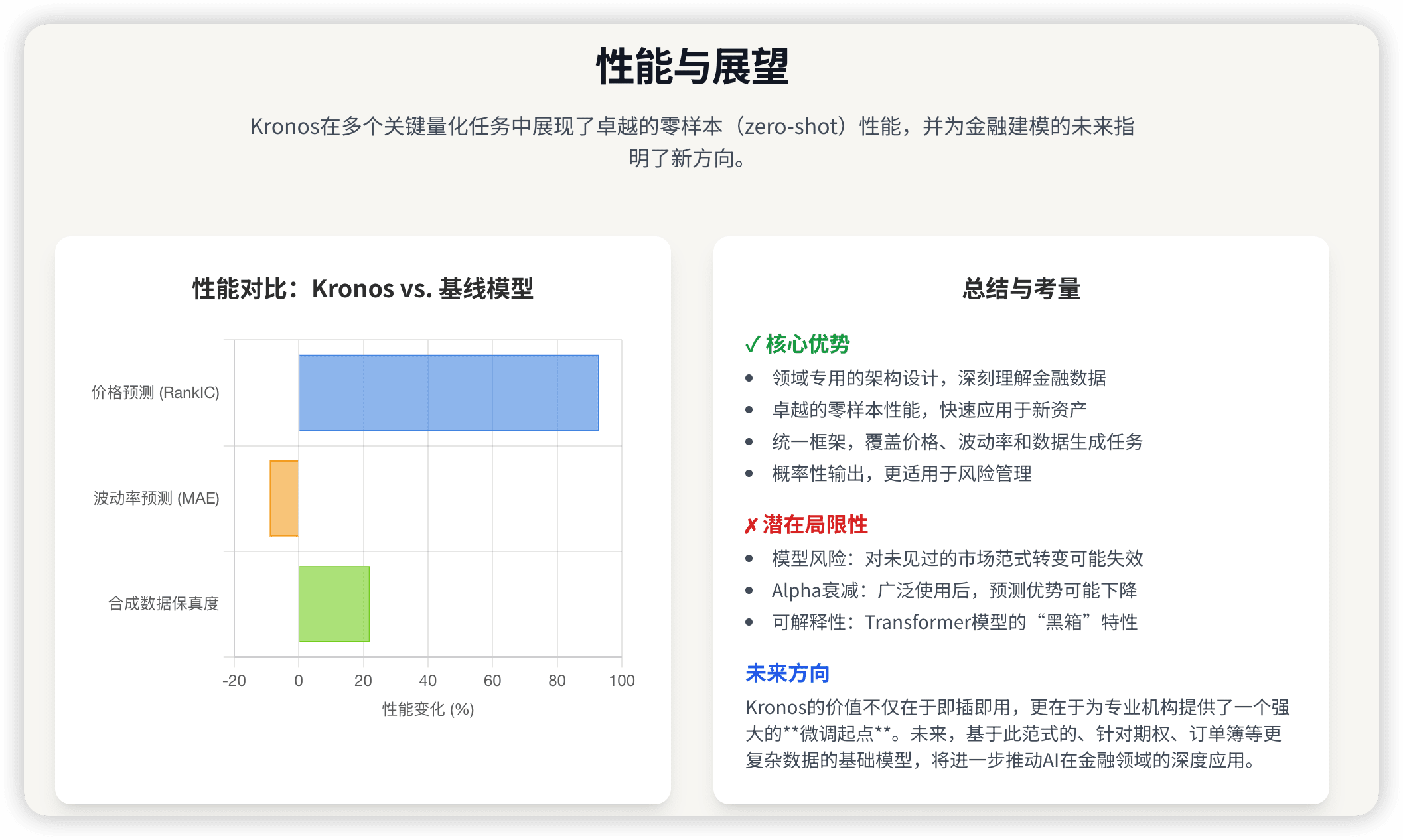Why does Kronos exist?
Price changes in financial markets are often displayed using K-lines, where a K-line contains multiple numbers such as opening price, highest price, lowest price, closing price, and trading volume. These data are both diverse and noisy, making it difficult for traditional models to accurately capture patterns. The Kronos project team proposed treating K-lines as a 'language' for AI to learn its patterns. This is Kronos - the world's first open-source foundational model for financial K-lines.

How does it work?
The core of Kronos lies in two steps:
1. Discretization of K-line data: Using an algorithm called BSQ to convert continuous prices and trading volumes into binary codes, which are then divided into coarse and detailed parts. This not only compresses information but also allows the model to first observe the overall trend and then supplement the details.
2. Transformer-generated predictions: The model autoregressively generates future K-lines in chronological order, similar to how a language model continues writing an article based on previous text. It has been pretrained using 12 billion K-lines from 45 exchanges.
According to the paper report, Kronos significantly outperforms existing models in price prediction and volatility prediction.

How does it perform in practice?
The project website provides real-time BTC/USDT prediction examples. Taking the 1-hour K-line as an example, the model uses the last 360 hours as input, generates trends for the next 24 hours using Kronos-small (around 25 million parameters), and provides uncertainty intervals through 30 Monte Carlo samples. The page displays the probability of price increase and the probability of increased volatility; for example, in one update, the probability of increase reached 96.7%, and the probability of increased volatility was 50%. The orange shading in the chart represents the range predicted by the model. This indicates that Kronos can provide possible trend distributions but does not constitute trading advice.

How should Kronos be viewed?
Kronos treats K-lines as a language and combines it with Transformer training, opening up new paths for financial time series analysis. Its open-source nature allows more people to experiment and improve it. However, market conditions are influenced by many factors, and model predictions should only be used as a reference. The project documentation also reminds that real trading requires consideration of portfolio optimization, risk management, and transaction costs. For ordinary investors, understanding this type of technology helps grasp the potential of AI in the financial sector, but investment decisions should remain rational.


